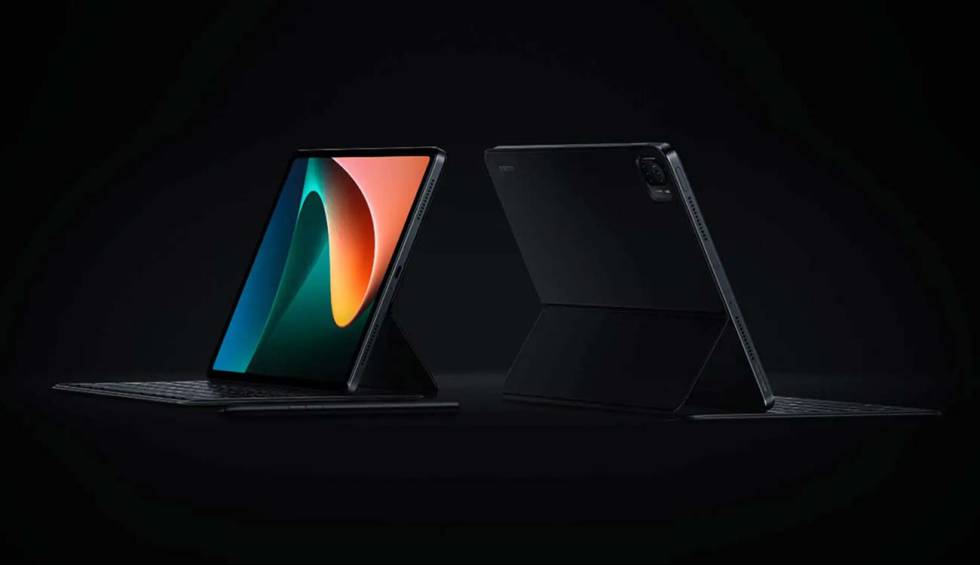Holographic Teleportation: Meetings Through Holograms

On July 27, a small group of students from the Western Institute for Space Exploration (Western Space) at Western University in Canada gathered to witness and participate in the world’s first international holotransport demonstration, held in a campus meeting room.
The term holographic teleportation, or holoportation, combines the concepts of hologram and teleportation, referring to the ability to cast the hologram of a person or object instantly to another location.
The first international holographic teleportation in history
“We had the incredible opportunity to demonstrate the first international two-way holographic teleportation”said project leader Dr. Adam Sirek.
This possibility had already been demonstrated before. In April, NASA successfully holoported a doctor to the International Space Station, becoming the first “holonaut.” Unlike that instance, the milestone that marked this new demonstration was the realization of the first holographic teleportation through which someone crossed international borders, according to a report from the study house that hosted this project.
“We transported a person from Alabama to London, Ontario, and then every one of the students here on the project was able to instantly holoport themselves in holographic form to Huntsville, Alabama”Sirek said. He even joked that the team crossed the border without having to pay for airfare.
The team was made up mostly of medical and engineering students, in order to explore possible ways to take advantage of this technology in the future, focusing on communication, assistance and medical care in remote areas.
The technology for holographic teleportation comes from hardware developed by Microsoft, its Hololens and software from Houston-based Aexa Aerospace.
Aexa partnered with the company Leap Biosystems, founded by Sirek, to explore the medical applications of the technology. This alliance led to the demonstration of the first international holographic teleportation, a milestone that has a audiovisual testimony.
The technology presented involves the use of a special camera, which creates a holographic image of a subject, which is sent to the chosen destination. The recipient must carry their Hololens. Through these devices, the individual can see the subject within her environment. If they are both wearing Hololens, they can interact in their environments as if they were actually there.
For its use in medicine, it is necessary to add a haptic integration to this experience, which allows transmitting and understanding information through touch, which has not been possible to achieve with a hologram until now. Although the new technology can transport the image of a person across borders, it still cannot interact with touch, which is a fundamental part of a medical examination.
Once it is possible to carry out the first “holographic handshake”, the possibilities of using this technology would grow exponentially in the area that this development seeks to offer its usefulness. By transcending the screens, telemedicine could grow in its practice hand in hand with inventions like this one.




